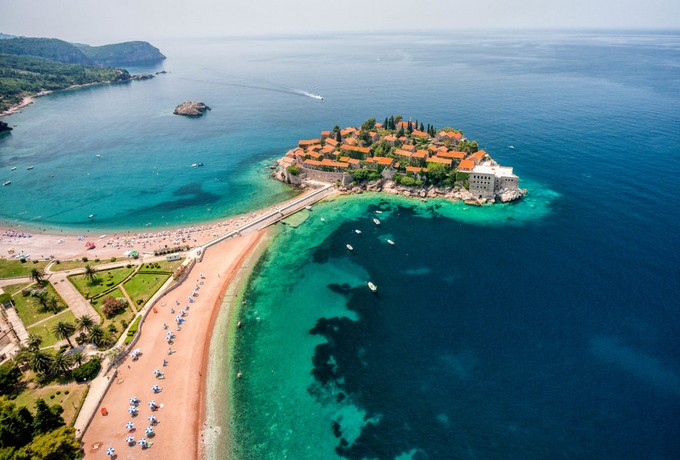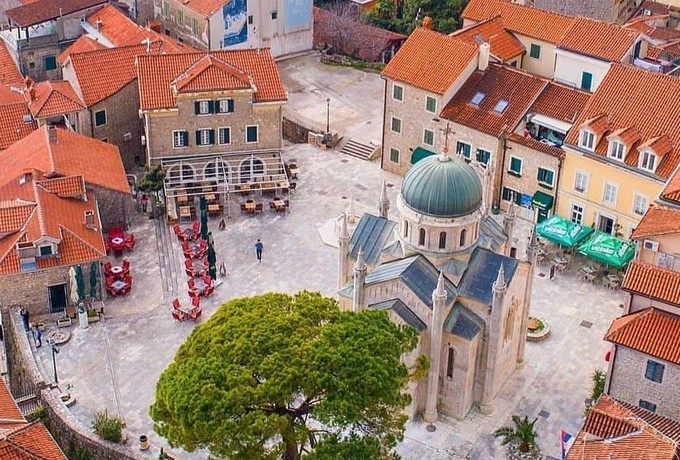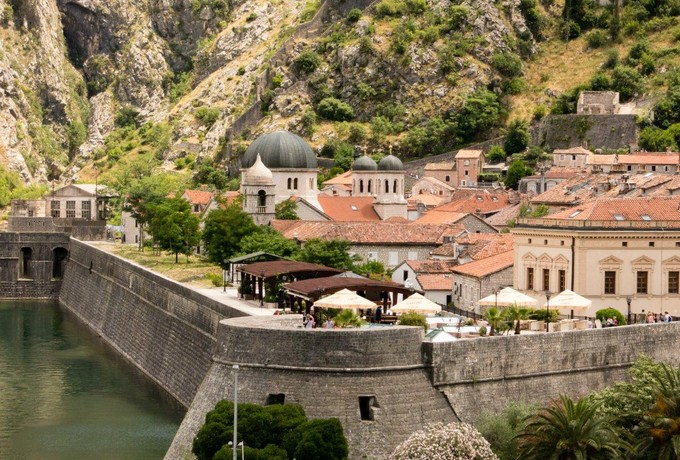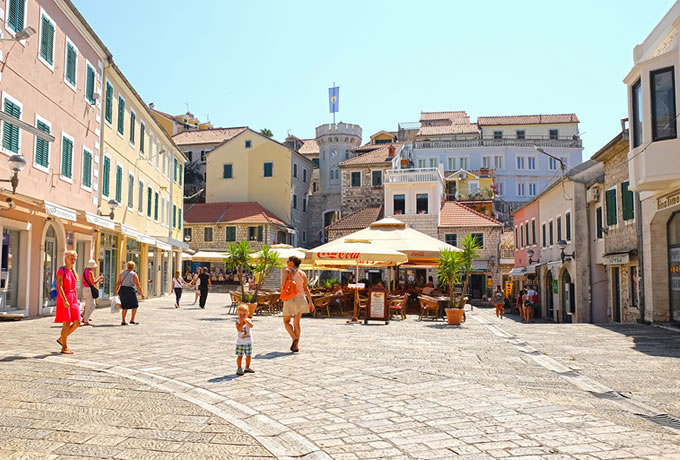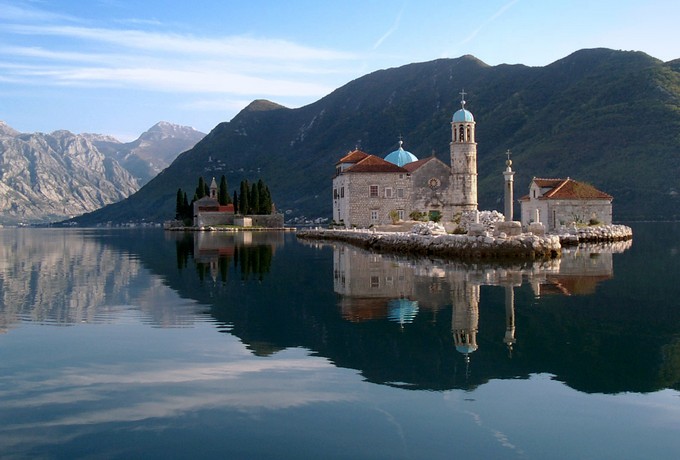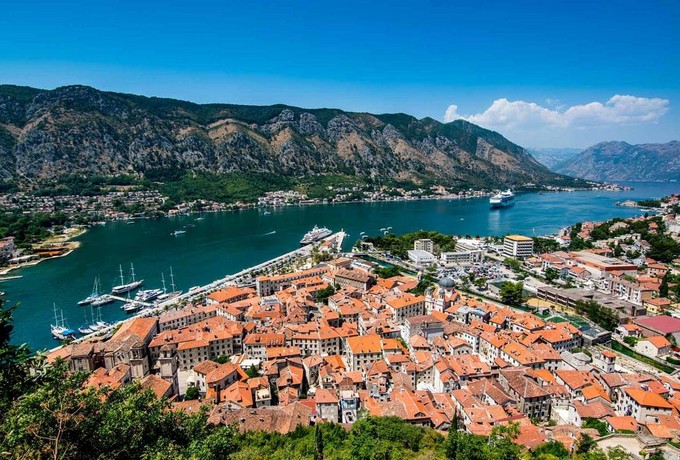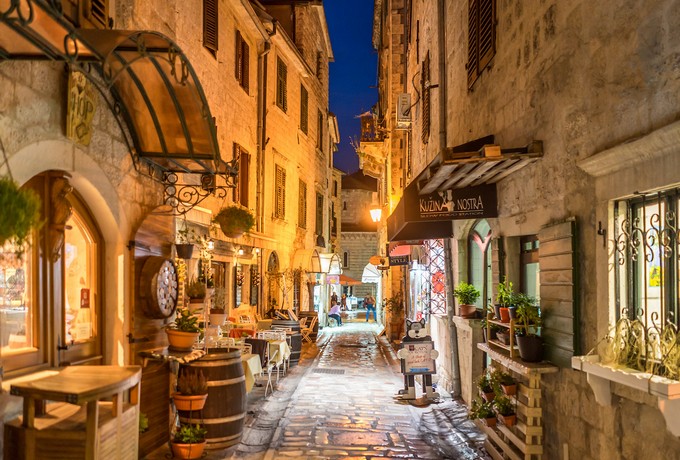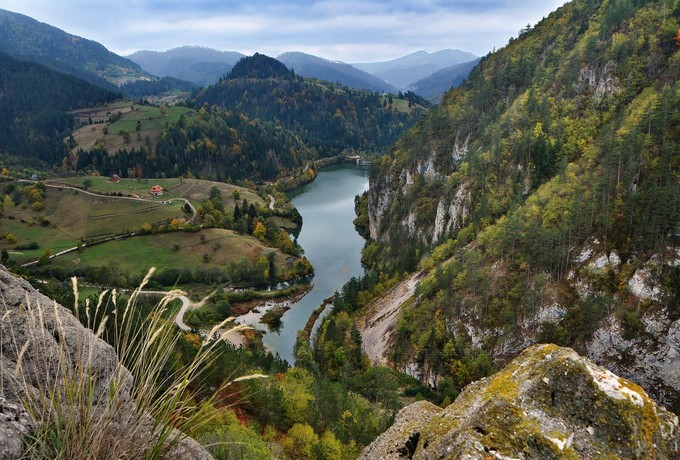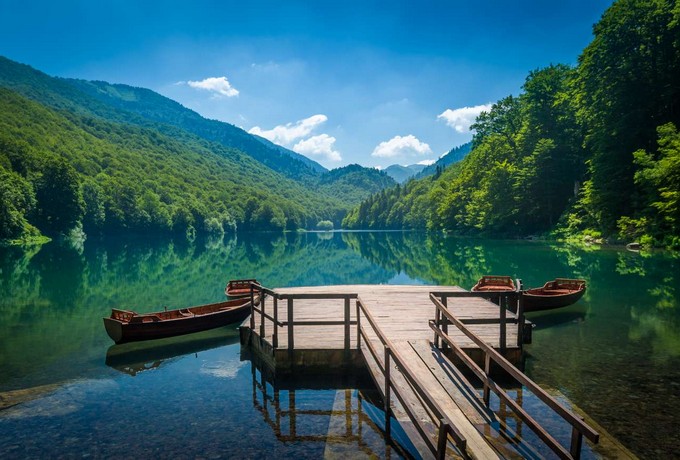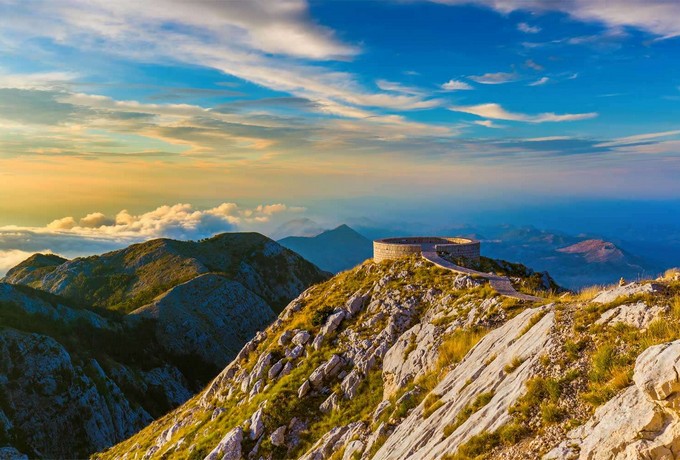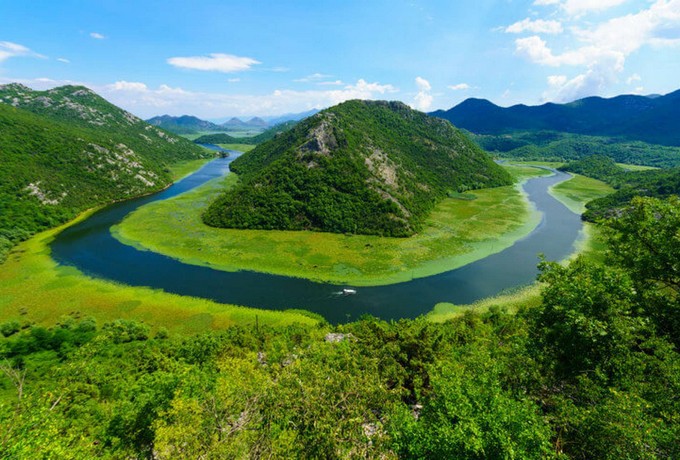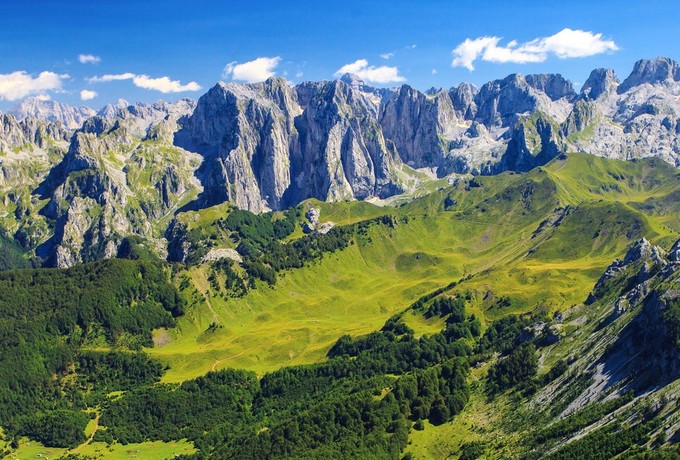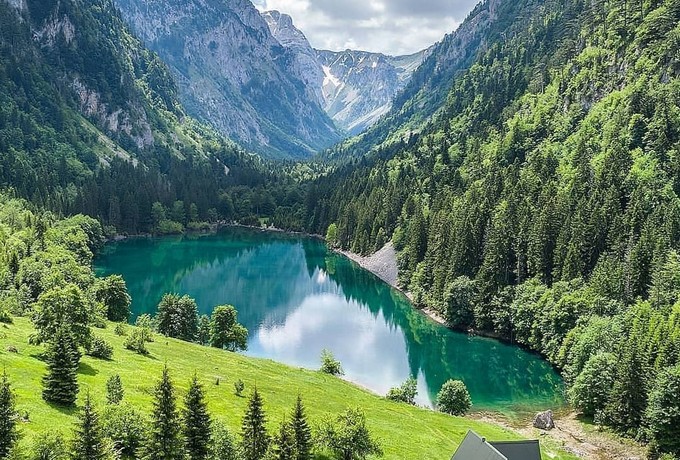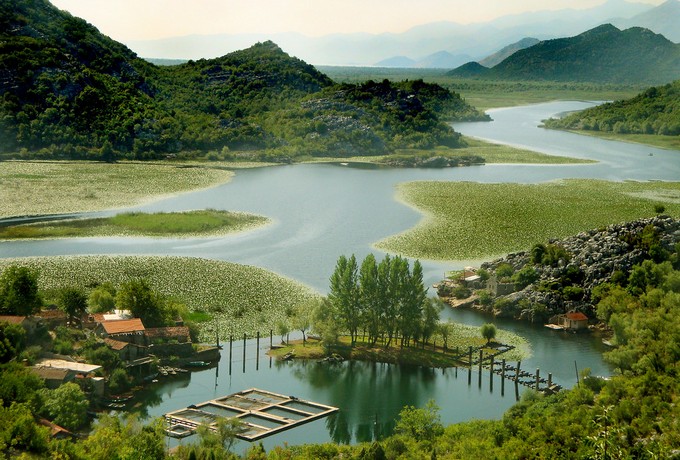Montenegro is certainly one of the most interesting points in the world. Although it covers only about 14,000 km2 and has only about 670,000 inhabitants, its contribution to the world cultural heritage is even greater.
The Mediterranean building, characterized by the Old Town, is the most beautiful in Budva, Kotor and Herceg Novi, which puts Montenegro on the map of centers with more valuable cultural and religious monuments. The Adriatic Sea is one of the cleanest and most transparent in the world, whose flora and fauna can be just another in a series of invitations. The Adriatic hides and holds many secrets and memories.
The hottest Adriatic town Ulcinj is a medieval fortress surrounded by many romantic legends and stories of people who visited, defended and conquered it.
Bar, the center of early medieval culture, and the largest port in this part of the Adriatic. The old part of the city is the pearl of Montenegro, and it is a place that you must visit in order to fully feel the atmosphere of past times that is preserved today.
Budva, which by its Riviera is one of the most beautiful Mediterranean tourist centers, is today a pearl on the Adriatic coast. The city hotel Sveti Stefan, an island tourist complex of St. Nicholas, popularly called Hawaii, with its two and a half thousand years old history, is a true feature of the Budva Riviera, characterized by annual temperatures equal to those of the French and Italian Riviera.
Kotor, a UNESCO-protected city, is today one of the most visited Adriatic resorts and is almost an indispensable part of any Mediterranean cruise program. The exquisite architecture, numerous buildings of the Gothic, Romanesque, Renaissance and Baroque style make it the most interesting city on the eastern Adriatic coast.
Herceg Novi, the northernmost Montenegrin Adriatic city, steeply raised above the beautiful entrance to the Bay of Kotor, remembers the Spanish, French, Austro-Hungarian, Ottoman and Venetian empires, so the influence of all these civilizations is still felt in the culture of Herceg Novi; this is a city with 300 sunny days a year, with an average annual temperature of 16.2 ° C, and olive groves that you can find at 520m above sea level.
But while summer tourism is most interesting, the Montenegrin coast is only one part of what Montenegro has to offer tourists, adventurers and explorers. Once behind the narrow coastal belt, over which Lovcen, Orjen and Rumija rise, only then begins the journey of exploring the other part of Montenegro.
Montenegrin north, rich with air spas and herbs, is today a small island in Europe that will also serve as a sanctuary for a healthy and natural life and will restore your strength with the freshness that nature brings and the warmth that people exude like anywhere in the world. Northern Montenegro is rich in mountains, has beautiful and untouched national parks (Durmitor, Biogradska Gora, Skadar Lake), canyons (Tara, Nevidio), and many rivers, lakes and hidden gems that just crave exploration and visitors.
Montenegro is waiting for you to explore it and feel its charms that it selflessly provides.

